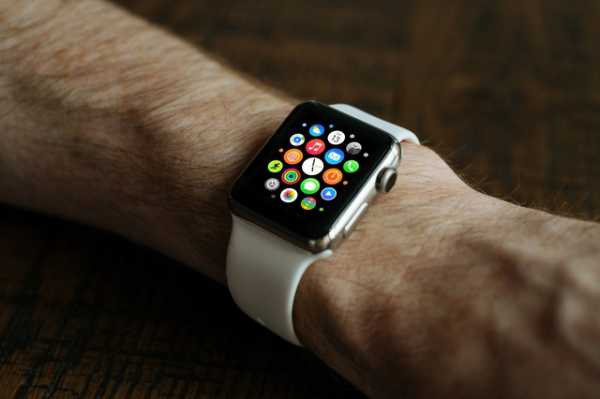Last updated on May 11th, 2021 at 07:00 am
According to a Mobility Report conducted by Ericsson, Internet of Things devices will overtake mobile phones as the “largest category of connected device by 2018”.

This may seem unsurprising to those who are aware that the category of Internet of Things devices ranges from cars, electronics, machines, utility metres, health devices, or the best 360 camera and the like. Combined, these products are set to heavily outweigh standalone mobile phones in the next few years.
There are currently 4.6 billion cellular and non-cellular Internet of Things connected devices which, although is growing rapidly, doesn’t come close to the 10 billion mobile phone devices, laptops, tablets, and fixed phones that we currently use. The report predicts that in less than 2 years the number of Internet of Things devices will rise rapidly to 16 billion with mobile phone devices steadily rising from 10 to around 11 billion; the amount of smartphones used, however, is set to double. This rise in IoT-connected devices is set to be the highest within Western Europe and Asia with many IoT products already being manufactured in those parts of the world and a 400% rise forecast for 2021.
Rima Qureshi, Chief Strategy Officer at Ericsson, explained that:
“According to IoT statistics, it is now accelerating as device costs fall and innovative applications emerge. From 2020, commercial deployment of 5G networks will provide additional capabilities that are critical for IoT, such as network slicing and the capacity to connect exponentially more devices than is possible today.”
The report also found that smartphone subscriptions are expected to grow from 3.4 billion to 6.3 billion by 2021, overtaking the amount of basic mobile phones in use. To many, that comes as no surprise since almost 80% of all mobile phones sold in the first quarter of 2016 and continues to rise.
Another unsurprising prediction is the rise in the amount of mobile data we use. From just 2015 to 2016 the amount of data used grew by 60% as more of our lives are run online and more data is shared. Ericsson predicts that by the year 2021 the amount of data we use will grow by up to 12 times with almost 90% of mobile data traffic coming from smartphones.

